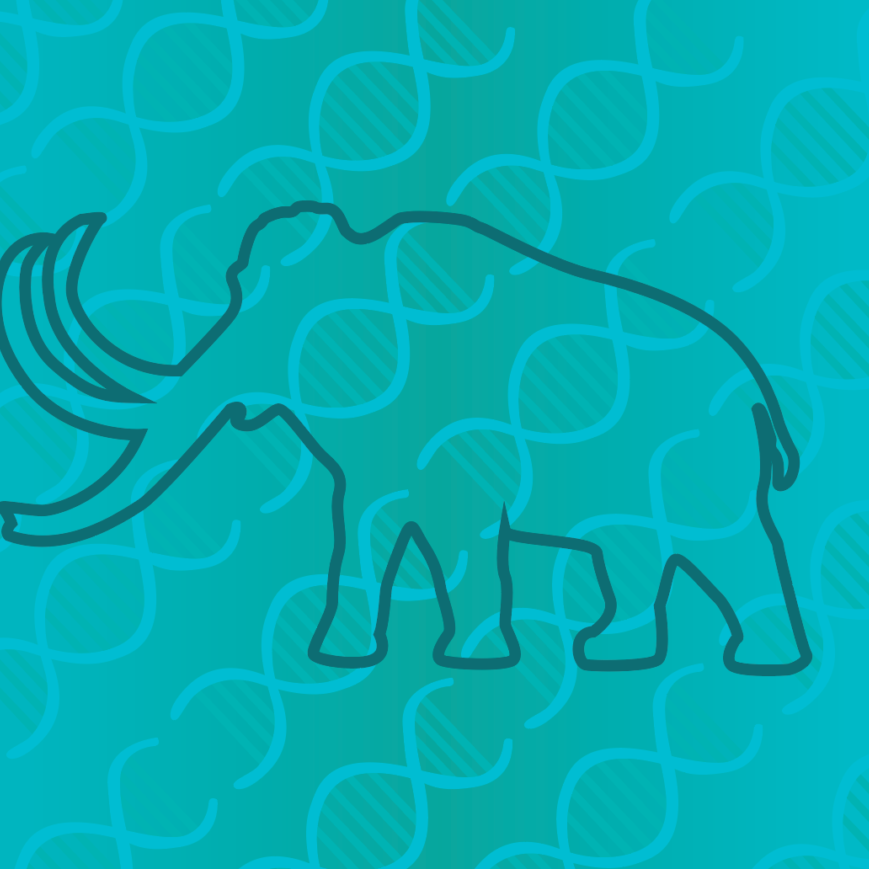
The colossal mammoth project by start-up Colossal
Is the “mammophant” project one bad decision away from a Spielberg film?
A new American bio-tech start-up, Colossal, launched this September and they appear to be following in the footsteps of fictional Jurassic Park creator, John Hammond. How? They want to bring back the woolly mammoth. While the concept of de-extinction sets off alarm bells, I’m hesitant to believe there will be any pterodactyl attacks as a side effect.
Unlike fictional worlds of de-extinction, Colossal isn’t set on creating a prehistoric theme park. The company is focused on slowing climate change by rejuvenating tundra grasslands lost at the end of the Pleistocene, a geological time period spanning from 2,580,000 to 11,700 years ago.
To accomplish their feat, Colossal will use genetic technology and DNA from African and Asian elephants to create a cold-resistant elephant. Currently, these elephants live in tropical and sub-tropical climates with temperatures remaining above 17.8 degrees Celsius.
The theory is that the once thriving ecosystem known as “mammoth steppe,” which is a massive ecosystem spanning northern Europe and Asia that mammoths used to inhabit, requires a large herd of grazers to reduce the release of C02 through melting permafrost. This is important because research suggests permafrost stores four times the amount of carbon released by humans combined.
Concerns and coding
As with any new scientific advancement, there are anxieties surrounding the project. One Nova Scotian shared their concerns in a letter to the editor in Saltwire, explaining their worries that the project may move into Canadian arctic territories.
While mammoths on home turf could be cause for concern, I find myself feeling more cautious about the method of creation and ongoing care for these animals.
It’s fun to think about a world where extinct creatures roam free once more, but what happens to the genetically altered elephants after we make and release them?
To be honest, Colossal’s claim of creating a woolly mammoth sounds too good to be true, and it very well might be. The company’s website describes the project not as recreating the mammoth we once knew but as, “The resurrection of the Woolly Mammoth – or more specifically a cold-resistant elephant with all of the core biological traits of the Woolly Mammoth.”
Considering a cold-resistant elephant, I wonder what difference it might make that when mammoths died out 4,000 years ago, our world was a different place. According to the NASA Earth Observatory, the world has warmed since mammoth’s roamed the earth, and even the one-degree Celsius difference between 1880 and now has been detrimental to the planet’s wellbeing.
Will mammoths be released into a world they’re prepared to survive in? Are cold resistant elephants a realistic solution to the release of carbon in the arctic? Will the science program at Dalhousie University one day cater to projects of de-extinction? I’m not sure we’ll know until the project reaches fruition.
The road to mammoth realization
The woolly mammoth project isn’t as new as we may think. It began in 2015 with a concept coined the “mammophant”. Co-founder of Colossal, George Church, a Harvard University scientist, hoped to create a synthetic womb to grow the mammoth fetus, rather than using a living elephant mother.
This method of fetal growth, combined with the alleged process of cloning and reprogramming elephant skin cells and placing them into elephant egg cells, calls to mind, for me, the work of Mary Shelley. I just hope the “mammophant” is greeted better by elephant herds than Frankenstein’s monster was by his local town folk.
When advanced genetic projects take form, it’s easy to think about the possibilities they could afford in the future. Will Colossal be met by the ethical stoppers that cloning science faced in the 1960s with Dolly the sheep? Or will the mammoth project pave new roads in genetics?
There has been talk that Church is hoping to reverse aging in humans, and potentially eradicate disease. He’s already begun work with human DNA at Harvard.
The thought of a virus-free existence during a COVID-19 pandemic is an attractive one. I just wonder whether fear of the unknown will outweigh the fear of the virus.
How realistic is this project?
The woolly mammoth project isn’t the first venture with science-fiction themes for Colossal. Church’s business partner, Ben Lamm, a tech entrepreneur and co-founder of Colossal, spent his time searching for UFOs prior to the project. While the initiative may sound “far out,” the technology behind this project has been a positive force in global safety.
The same technology used by Lamm’s spacey company, Hypergiant Industries, to hunt aliens, helps predict natural disasters and improve search and rescue missions.
Between alien research, storm warnings, virus elimination, and “mammophant,” the lines between science and science fiction seem blurry.
So, am I worried Colossal is making a colossal mistake with the de-extinction of the woolly mammoth? A little, but I won’t hold my breath for an Indominus Rex just yet. Let’s see how we fare with the cold-resistant elephant first.






